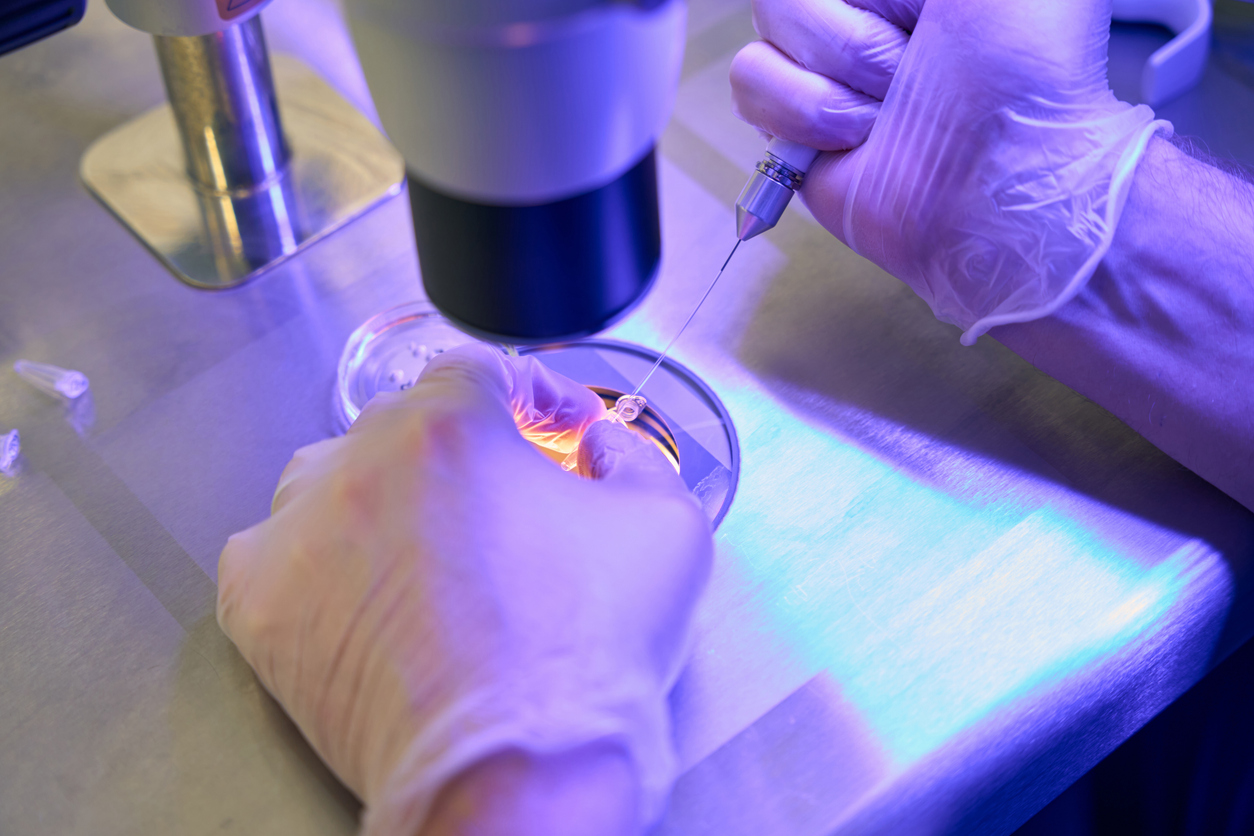Cambridge researchers have made a groundbreaking leap in stem cell science. They have successfully grown ‘hematoids’—embryo-like structures made from stem cells—that produce blood stem cells after just two weeks. This development could revolutionize treatments for blood diseases and improve our understanding of early human development.

What are Hematoids?
Hematoids are lab-grown models that mimic early human embryos. Scientists use stem cells to create these structures, which then begin to generate blood stem cells on their own. This process closely resembles how our bodies naturally form blood during the early stages of life.
Why Does This Matter?
The ability to create blood stem cells in the lab opens new doors for medicine. It could lead to improved therapies for blood cancers, genetic blood disorders, and immune deficiencies. By studying hematoids, scientists can also gain crucial insight into early human development—an area that is otherwise difficult to research.
Looking Ahead
Cambridge’s achievement marks a significant step forward in regenerative medicine. Growing blood stem cells outside the body could transform how we treat many serious illnesses. The hope is that this technology will soon lead to new, life-saving treatments.
Sources:
Source
















